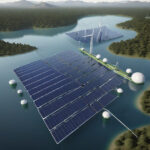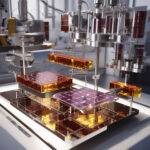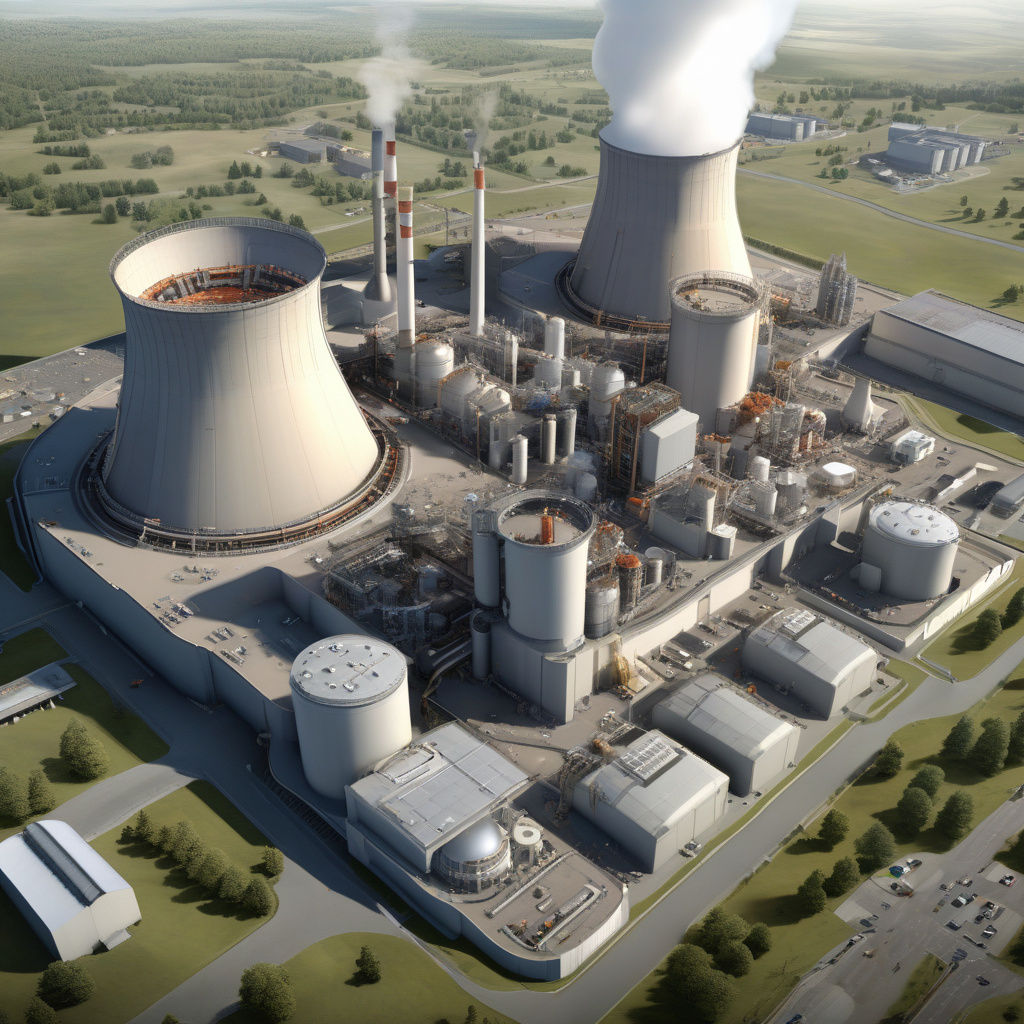“World’s Largest” Nuclear Reactor in France Receives Key Fusion Tech from China
China has completed the shipment of the final set of Correction Coil Incryostat Feeder components to the world’s largest nuclear fusion reactor in France. This collaboration marks a significant milestone in the field of nuclear energy and has the potential to revolutionize the way we generate power in the future.
The nuclear reactor in question is known as the International Thermonuclear Experimental Reactor (ITER) and is located in Cadarache, France. It is a collaborative project involving 35 countries, including China, the European Union, India, Japan, Korea, Russia, and the United States. ITER aims to demonstrate the feasibility of nuclear fusion as a large-scale and carbon-free source of energy.
The Correction Coil Incryostat Feeder components supplied by China are a crucial part of the ITER project. These components play a key role in controlling the magnetic fields within the reactor, which are essential for confining and stabilizing the superheated plasma at the core of the fusion reaction. By providing these components, China has demonstrated its commitment to advancing fusion technology and supporting international efforts to develop sustainable energy solutions.
Nuclear fusion is often hailed as the “holy grail” of clean energy because it offers the potential for abundant power with minimal environmental impact. Unlike nuclear fission, which is used in current nuclear power plants and produces radioactive waste, fusion reactions generate energy by combining light atomic nuclei, such as hydrogen isotopes, to form heavier elements. This process releases vast amounts of energy without producing greenhouse gases or long-lived radioactive waste.
However, achieving a sustained and controlled fusion reaction is no easy feat. It requires replicating the extreme conditions found in the core of the sun, where temperatures reach millions of degrees Celsius. The key challenge lies in confining the superheated plasma long enough for the fusion reaction to occur and extracting more energy than is needed to sustain the reaction—a concept known as “ignition.”
The ITER project aims to address these challenges by building a tokamak reactor that uses magnetic fields to confine the plasma. The addition of the Correction Coil Incryostat Feeder components from China brings the project one step closer to achieving its goal of demonstrating the feasibility of fusion power on a commercial scale.
In addition to the technical advancements, the collaboration between China and the ITER project highlights the importance of international cooperation in tackling global energy challenges. By pooling resources, expertise, and funding from multiple countries, ITER has been able to make significant progress in advancing fusion research and development.
As the world continues to grapple with the dual challenges of climate change and energy security, nuclear fusion offers a promising solution that could help meet the growing demand for clean and sustainable energy sources. The successful delivery of key fusion technology from China to the ITER project is a testament to the power of international collaboration in driving innovation and progress in the field of nuclear energy.
In conclusion, the recent shipment of Correction Coil Incryostat Feeder components from China to the ITER project represents a major milestone in the development of nuclear fusion technology. By working together on this groundbreaking initiative, countries around the world are paving the way for a future powered by clean, safe, and abundant fusion energy.
fusion, ITER, nuclear reactor, China, energy revolution












